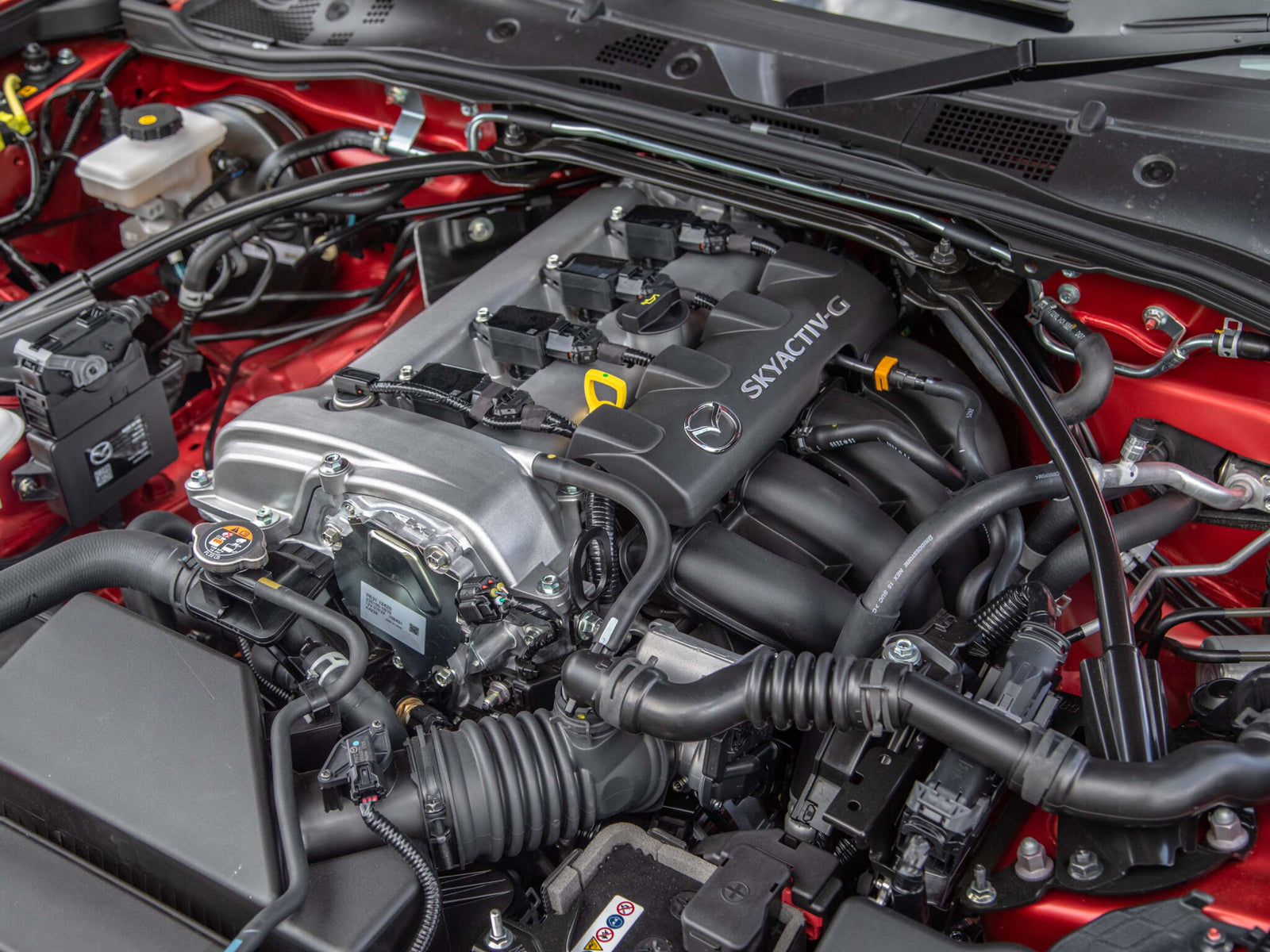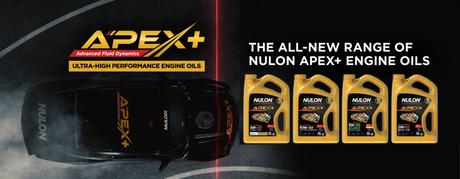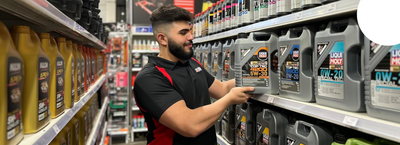Welcome back, fellow car enthusiasts! Today, we're delving into the heart of vehicular engineering to dissect and compare two fundamental engine configurations: the venerable Inline Engine and the formidable V Engine. As purveyors of premium car parts and accessories, Universal Auto Spares is dedicated not only to providing top-notch products but also to empowering our customers with knowledge. So, buckle up as we embark on this exhilarating journey through the intricacies of automotive powerplants.
At the heart of the automotive world lies a pivotal choice between Inline Engines and V Engines, each representing a distinct approach to power and performance. The main difference lies in their configuration: Inline Engines feature cylinders aligned in a single straight line along the crankshaft, promoting efficiency and smooth operation, while V Engines divide cylinders into two banks forming a V shape, prioritizing compactness and power delivery. Inline Engines excel in applications where efficiency and balance are paramount, making them ideal for everyday driving and fuel economy. Conversely, V Engines thrive in environments where power and performance take center stage, offering a potent combination of horsepower and torque suited for high-performance vehicles and spirited driving experiences.
Inline Engines:
Advantages:
- Efficiency: Inline Engines typically offer better fuel efficiency due to their streamlined design and balanced operation, making them ideal for everyday commuting and long-distance driving.
- Smooth Operation: With cylinders aligned in a single straight line, Inline Engines tend to produce less vibration, resulting in a smoother and quieter driving experience.
- Cost-Effectiveness: Inline Engines are often simpler in design and construction, translating to lower manufacturing costs and potentially lower purchase prices for vehicles equipped with them.
Disadvantages:
- Limited Power Potential: Inline Engines generally have a narrower power band compared to V Engines, limiting their performance capabilities in high-speed or high-performance applications.
- Packaging Constraints: The linear arrangement of cylinders can pose challenges in terms of packaging, potentially limiting vehicle design options or interior space.
- Lack of Low-End Torque: Inline Engines may exhibit reduced low-end torque compared to V Engines, impacting off-the-line acceleration and towing capabilities.
V Engines:
Advantages:
- Power and Performance: V Engines typically offer higher power outputs and torque figures compared to Inline Engines, making them well-suited for performance-oriented vehicles and towing applications.
- Compact Design: The V-shaped layout of cylinders allows V Engines to be more compact than Inline Engines with similar cylinder counts, offering flexibility in vehicle design and packaging.
- Versatility: V Engines come in a variety of configurations, from V4s to V12s, providing a wide range of power options to suit different vehicle types and driving preferences.
Disadvantages:
- Fuel Efficiency: Generally, V Engines consume more fuel than Inline Engines due to their higher displacement and power output, resulting in lower overall fuel economy.
- Complexity: The V Engine's design, with its multiple cylinder banks and associated components, can be more complex and expensive to manufacture and maintain compared to Inline Engines.
- Potential for Vibration: The V-shaped configuration of cylinders can sometimes lead to increased vibration levels compared to Inline Engines, affecting cabin comfort and refinement, although modern engineering techniques have mitigated this issue to a large extent.
The Symphony of Cylinders: At the core of any automobile lies its engine, the mechanical maestro orchestrating the symphony of motion. In the realm of internal combustion engines, two primary architectures reign supreme: the Inline Engine and the V Engine. Let's start by unraveling the distinctive characteristics of each.
Inline Engines: A Singular Pursuit of Efficiency Picture a row of cylinders, standing in unison like soldiers on parade – that's the hallmark of an Inline Engine. In this configuration, cylinders are aligned in a single straight line along the crankshaft, offering a compact and efficient design. Historically favored for their simplicity and cost-effectiveness, Inline Engines excel in delivering smooth power delivery and fuel efficiency.
One of the most iconic examples of Inline Engines is the legendary inline-six found in vehicles like the BMW 3 Series. Renowned for its silky-smooth operation and balanced performance, the inline-six has earned a place in automotive folklore.
V Engines: Power and Performance in Harmony Now, shift your gaze to the V Engine – a marvel of engineering ingenuity characterized by its V-shaped layout. In this configuration, cylinders are divided into two banks, forming a distinct "V" angle. This design allows for a more compact footprint while accommodating a higher cylinder count, thus unleashing potent performance capabilities.
V Engines come in various configurations, from the modest V4s to the fire-breathing V12s adorning the likes of Lamborghinis and Ferraris. The V8, in particular, has cemented its status as an icon of automotive performance, delivering a symphony of horsepower and torque.
The Battle of Balance: Inline Efficiency vs. V Power As with any engineering decision, the choice between Inline and V Engines involves a delicate balancing act. Inline Engines, with their streamlined design and inherent balance, excel in applications where efficiency and smoothness take precedence. Whether it's powering commuter sedans or fuel-sipping hybrids, the Inline configuration remains a stalwart of practical motoring.
On the other hand, V Engines thrive in environments where power and performance reign supreme. Their compact size and ability to house multiple cylinders make them the go-to choice for sports cars, muscle machines, and high-performance exotics. With a lower center of gravity and the potential for turbocharging or supercharging, V Engines deliver adrenaline-fueled thrills with every press of the accelerator.
The Verdict: Choosing the Right Engine for You In the end, the choice between Inline and V Engines boils down to your driving preferences, budget, and intended application. Are you seeking the serene efficiency of an Inline Engine, perfect for daily commuting and long highway cruises? Or do you crave the adrenaline rush of a V Engine, ready to unleash its fury on the racetrack or open road?
Whatever your preference, Universal Auto Spares has you covered with a vast selection of car parts and accessories to keep your vehicle running smoothly. From spark plugs to serpentine belts, you'll find everything you need to maintain and enhance your ride, backed by our commitment to quality and customer satisfaction.
Conclusion: As we bring this exploration of engine architecture to a close, we hope you've gained valuable insights into the differences between Inline and V Engines. Whether you're a seasoned gearhead or a curious newcomer to the world of automobiles, understanding these fundamental principles will deepen your appreciation for the marvels of modern engineering.
At Universal Auto Spares, we're not just here to sell car parts – we're here to fuel your passion for all things automotive. Stay tuned for more informative articles, product spotlights, and expert tips to elevate your driving experience. Until next time, keep the rubber side down and the revs up!









